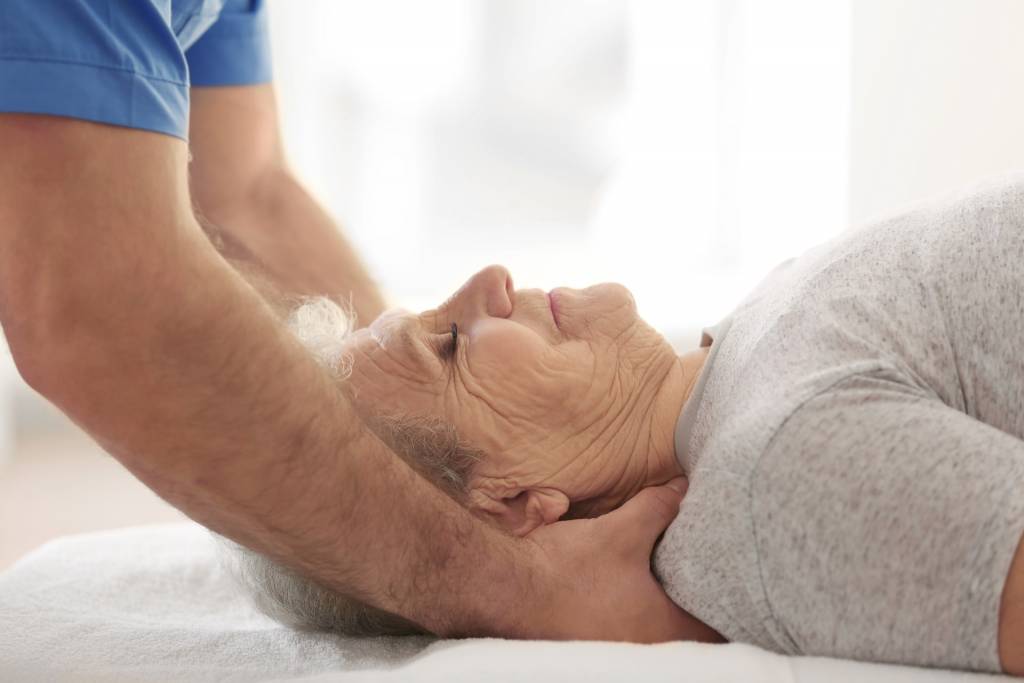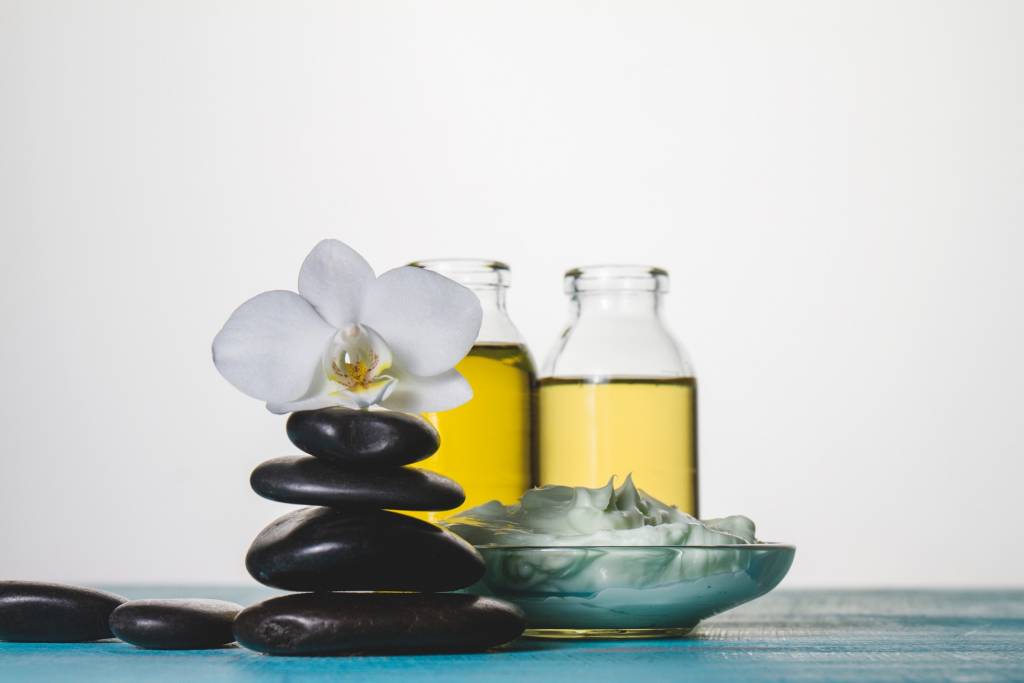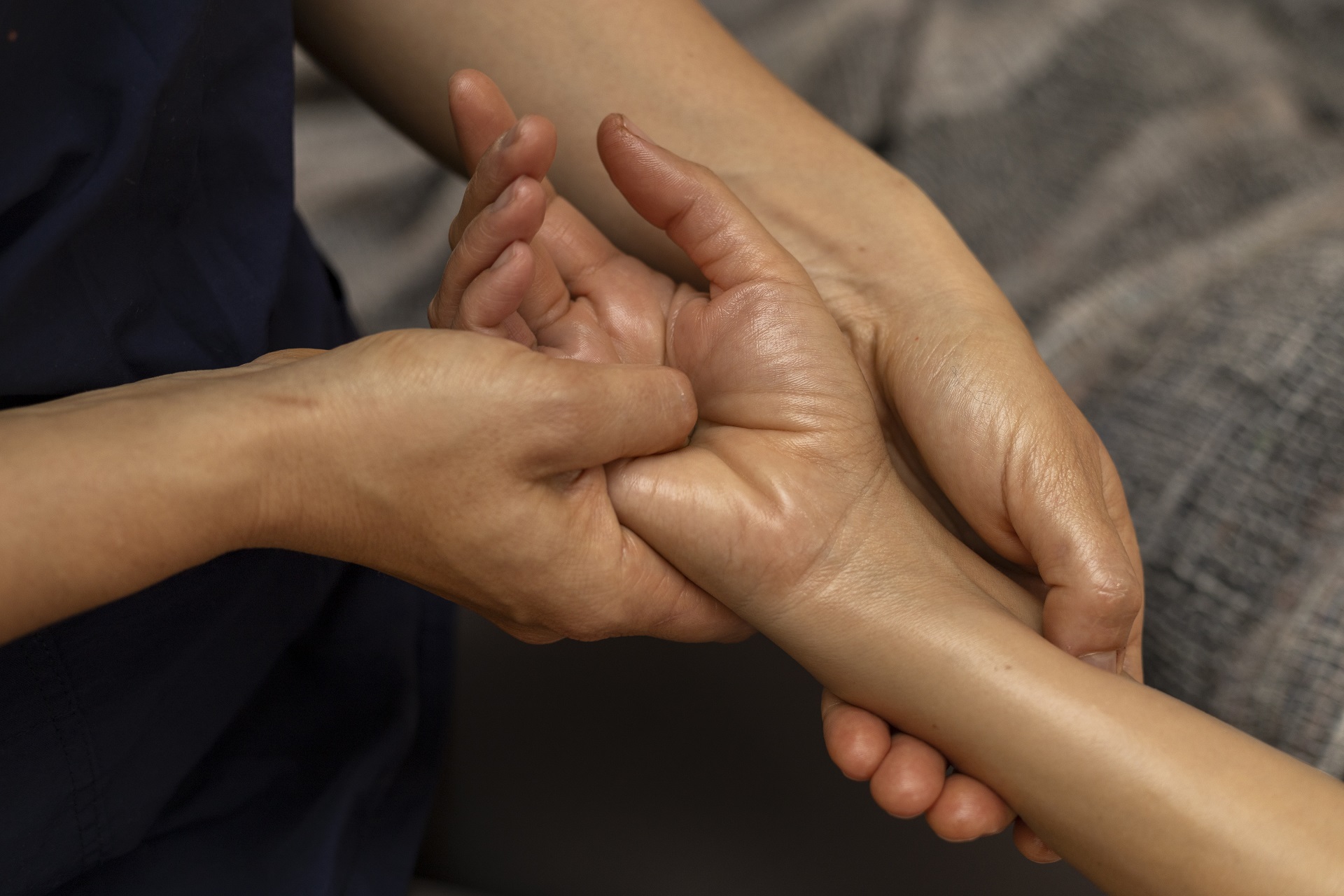Geriatric massage is a type of massage therapy specifically tailored to meet the needs of elderly individuals. It focuses on addressing the specific conditions and concerns commonly experienced by older adults, such as reduced mobility, chronic pain, arthritis, and overall stiffness. Geriatric massage techniques are typically gentle and aim to improve circulation, increase flexibility, reduce muscle tension, alleviate joint pain, and promote relaxation. The massage therapist may use a variety of techniques, including light touch, passive stretching, compression, and rhythmic movements.
The benefits of geriatric massage may include improved overall well-being, increased range of motion, reduced pain, enhanced sleep quality, improved digestion, and decreased anxiety and depression. Additionally, geriatric massage can provide a sense of comfort, as it often includes a compassionate and nurturing touch. It is important to note that geriatric massage should be performed by a licensed and trained massage therapist who has experience working with older adults. They should also be aware of any specific medical conditions or limitations that the individual may have and adapt the massage techniques accordingly.
BENEFITS OF GERIATRIC MASSAGE
1. Pain relief: Geriatric massage can help alleviate chronic pain associated with conditions such as arthritis, osteoporosis, and muscle stiffness. The gentle manipulation of soft tissues can help increase blood flow and reduce inflammation, leading to pain relief.
2. Improved circulation: As we age, circulation tends to decrease, leading to a variety of health issues. Geriatric massage can stimulate blood flow, improving oxygen and nutrient delivery to the body’s tissues. This can result in improved overall health and vitality.
3. Enhanced flexibility and range of motion: Geriatric massage can help improve flexibility and range of motion in aging bodies. By targeting specific muscle groups and joints, massage techniques can help reduce muscle tension and increase joint mobility.
4. Stress reduction: Aging often comes with increased stress, whether it be due to health concerns, lifestyle changes, or emotional challenges. Geriatric massage can provide a calming and relaxing experience, helping to reduce stress levels and promote overall well-being.
5. Improved sleep quality: Many older adults struggle with sleep disturbances and insomnia. Geriatric massage can help promote better sleep by relaxing the body and mind, reducing anxiety, and improving overall relaxation.
6. Enhanced emotional well-being: Geriatric massage can have a positive impact on mental health by reducing feelings of isolation, anxiety, and depression commonly experienced by older adults. The human touch and nurturing aspect of massage can provide comfort and emotional support.
7. Increased body awareness: Geriatric massage can help seniors become more tuned in to their bodies, promoting self-awareness and mindfulness. This increased body awareness can help older adults identify areas of tension or discomfort and take proactive steps to manage their own health and well-being.
8. Improved immune function: Regular geriatric massage sessions can boost immune function by increasing lymphatic circulation, helping the body fight off common illnesses and infections.
9. Better digestion: Aging bodies often experience digestive issues such as constipation and bloating. Geriatric massage techniques can stimulate the digestive system, promoting better digestion and bowel movements.
10. Social interaction: Geriatric massage provides an opportunity for older adults to engage in positive social interaction. This can combat feelings of loneliness and isolation, contributing to overall mental and emotional well-being.


IT IS OFTEN USED TO TREAT
a variety of conditions and issues commonly associated with the aging process. Some of the conditions that geriatric massage can help treat include:
1. Arthritis: Geriatric massage can help reduce pain and stiffness caused by arthritis, improve joint mobility, and promote better circulation.
2. Muscle tension and stiffness: As people age, their muscles may become tighter and more prone to tension. Geriatric massage can help relax and loosen these tight muscles, improving flexibility and reducing discomfort.
3. Poor circulation: Geriatric massage techniques, such as gentle stroking and kneading, can help improve blood flow and stimulate the lymphatic system, which can benefit individuals with poor circulation.
4. Chronic pain: Geriatric massage can help alleviate chronic pain caused by conditions such as fibromyalgia or neuropathy. It can also help manage pain associated with conditions like osteoporosis or sciatica.
5. Anxiety and depression: Geriatric massage can provide a soothing and nurturing experience, promoting relaxation and reducing anxiety and depression commonly experienced by older adults.
6. Insomnia: Many older adults struggle with sleep disturbances. Geriatric massage can help promote better sleep by reducing stress, promoting relaxation, and improving overall well-being.
7. Range of motion limitations: Age-related limitations in range of motion can be improved with geriatric massage. By gently stretching and mobilizing the joints, geriatric massage can help increase flexibility and improve functional movement.
8. Age-related cognitive decline: While geriatric massage cannot directly treat conditions like dementia or Alzheimer’s disease, it can provide sensory stimulation and a calming environment that may temporarily improve cognitive function and reduce agitation.
Overall, geriatric massage aims to improve the quality of life for older adults by addressing physical discomfort, promoting relaxation, and providing emotional support. It is important for individuals considering geriatric massage to consult with a qualified massage therapist or healthcare provider to ensure the treatment is appropriate for their specific needs and medical conditions.




